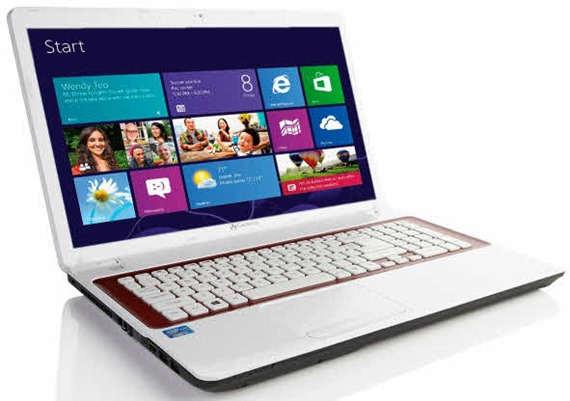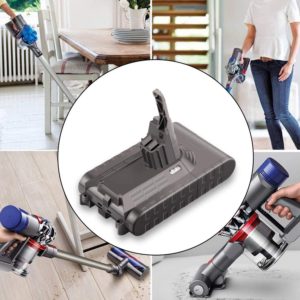Watching the life drain from your laptop when you’re on the move is stressful. Sure, there are extended and slice batteries for a variety of machines, and portable laptop battery packs are available from companies such as AussieBatt, Duracell and Lind Electronics. But those options can mean carrying more bulk in a bag already bogged down with cords, files and accessories. One surefire way to preserve the battery you do have is to follow these 8 tips.
1. Lower your screen brightness
Your screen backlight uses the most power of any component in your notebook, so you can save a lot of juice by turning it down to the lowest acceptable level. You can manually raise and lower the brightness in increments of 10 percent by hitting the appropriate key combination for your laptop (example: Fn + left/right arrows on the Acer Aspire TimelineX series), but we recommend changing the brightness in your power profile so it lowers automatically every time you unplug.
2. Prevent scheduled tasks from running on battery power
 Your virus scanner and disk defragmenter, along with auto updates from the likes of Apple and Google, are scheduled to run themselves on a regular basis—often without your knowledge or consent. Set these tasks to run only on AC power so they don’t eat up precious juice running your hard drive, CPU and wireless while you’re unplugged.
Your virus scanner and disk defragmenter, along with auto updates from the likes of Apple and Google, are scheduled to run themselves on a regular basis—often without your knowledge or consent. Set these tasks to run only on AC power so they don’t eat up precious juice running your hard drive, CPU and wireless while you’re unplugged.
3. Unplug all USB devices and remove all discs
Every USB peripheral attached to your notebook is eating up power just by registering itself with the operating system. By the same token, CDs, DVDs and Blu-rays can drain HP Business notebook 6730b Battery life, even when they’re just sitting idle in your optical drive. Remove any discs along with USB keys, card readers, modems or other peripherals you don’t need while on battery power.
4. Hibernate instead of sleep
When you close the lid on your notebook and put it to sleep, the computer is still sending some power to the RAM and motherboard in order to keep the current session in memory so your system can wake quickly. Some newer lightweight notebooks such as the ASUS ZenBook UX31 have been designed to use little Window 8 laptop battery power during sleep, but most notebooks suck down quite a bit of juice unless they’re completely powered off.
In Hibernate mode, your notebook will save its memory to disk and completely power off, rather than just going to sleep. It will take nearly as long to wake from hibernation as it does to boot, but once it wakes, your session will be right where you left it.
5. Disable Bluetooth
 If your laptop computer has Bluetooth, you’re probably not using it much. However, the radio is still sucking power, even when nothing is connected to it.
If your laptop computer has Bluetooth, you’re probably not using it much. However, the radio is still sucking power, even when nothing is connected to it.
6. Turn off Wi-Fi when not in use
If you’re connected to the Internet via Ethernet, or if you’re working some place that has no wireless signal, you can save a lot of power by turning off your notebook’s Wi-Fi radio. Most laptops have a Function key on the top of the keyboard that toggles Wi-Fi on or off, though some have a dedicated button or switch.
7. Minimize hard drive usage
 If your Windows 8 laptop has a 5,400- or 7,200-rpm hard drive, it’s sucking up a lot of juice just spinning that magnetic platter around. There are several ways to save power by minimizing disk activity.
If your Windows 8 laptop has a 5,400- or 7,200-rpm hard drive, it’s sucking up a lot of juice just spinning that magnetic platter around. There are several ways to save power by minimizing disk activity.
- Defragment your hard drive on a regular basis. If you run Windows 8’s Disk Defragmenter program every couple of weeks, your drive will spend less time spinning around looking for data.
- Replace your hard drive with an SSD. Because they have no moving parts, SSDs use less power than hard drives. They also don’t need to be defragmented.
- Add more RAM. Going from 2 to 4GB or 4 to 8GB of RAM should allow your computer to use less virtual memory and more physical memory, which means fewer hard drive accesses.
8. Turn off visual effects
Such visual effects as Aero glass, showing window contents while dragging, and slide-out menus tax your CPU and, by extension, your SYMBOL MC9090 Scanner Battery.




1 thought on “Top Windows 8 Laptop Battery Life Saving Tips”